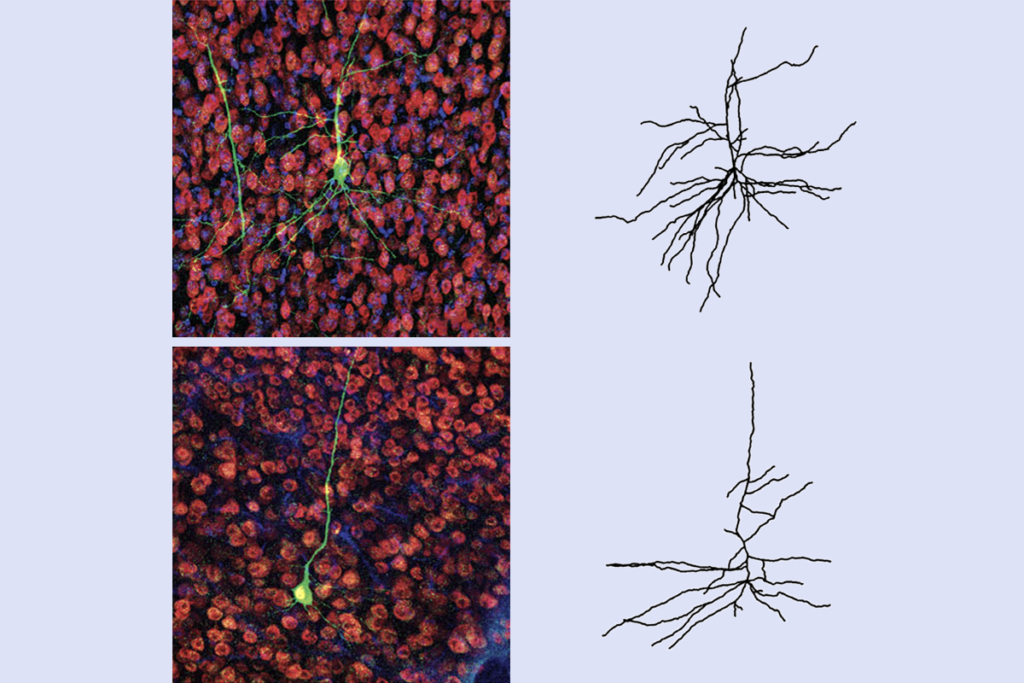New technique finds mutant cells in a haystack
Researchers have developed a method to isolate a single mutant cell from thousands of others, they reported in the March issue of Nature Methods.
Researchers have developed a method to isolate a single mutant cell from thousands of others, they reported in the March issue of Nature Methods 1. Unlike previous techniques of this kind, the new one does not require alterations to the genome.
To study the importance of a particular gene, researchers often engineer mutant versions of the gene into cultured cells. Growing cells with the mutated gene requires the researchers to first separate them from unmutated control cells.
The general method for doing this is to add a gene for antibiotic resistance along with the mutation of interest. Bathing the entire culture in antibiotics kills the control cells, and only the mutants survive. This method of isolating a mutation requires changing the cell’s genome, however, so it is not ideal, the researchers say.
In the new study, the researchers adapted a method from yeast biology for use with human induced pluripotent stem (iPS) cells. These iPS cells are mature human cells that have been reprogrammed to a state from which they can become any type of cell in the body. Researchers create iPS cells as a way to generate neurons or other cell types from the skin or blood of individuals with certain disorders, such as autism.
The researchers first used molecular scissors, called TALENs, to insert a mutation that changes a single DNA base pair in iPS cells. Only about 1 in 50 cells in the culture contained the mutation.
The researchers then cultured the cells in small groups, used a DNA amplification method to detect the set of cells that contains the largest proportion of mutant cells and grew each cell in that set into a full culture. After three such selection rounds, the proportion of cells with the mutation grew to nearly 1 in 14.
When the researchers isolated individual cells from this round and grew each into a colony, 11 of the 118 colonies turned out to carry the mutation. Had they tried to do this from the original culture, they would have needed to culture and analyze more than 2,000 colonies.
The new approach will allow researchers to precisely engineer and study human cells without altering the genome. Ultimately, the method could be used to alter an individual’s cells before returning them to his or her body.
References:
Recommended reading

New organoid atlas unveils phenotypic signatures of multiple neurodevelopmental conditions

Glutamate receptors, mRNA transcripts and SYNGAP1; and more

Among brain changes studied in autism, spotlight shifts to subcortex
Explore more from The Transmitter


